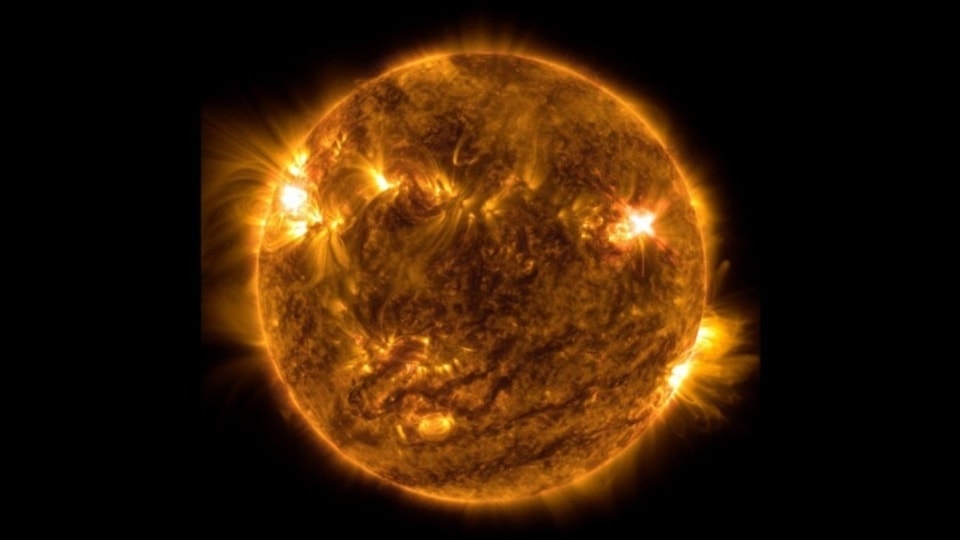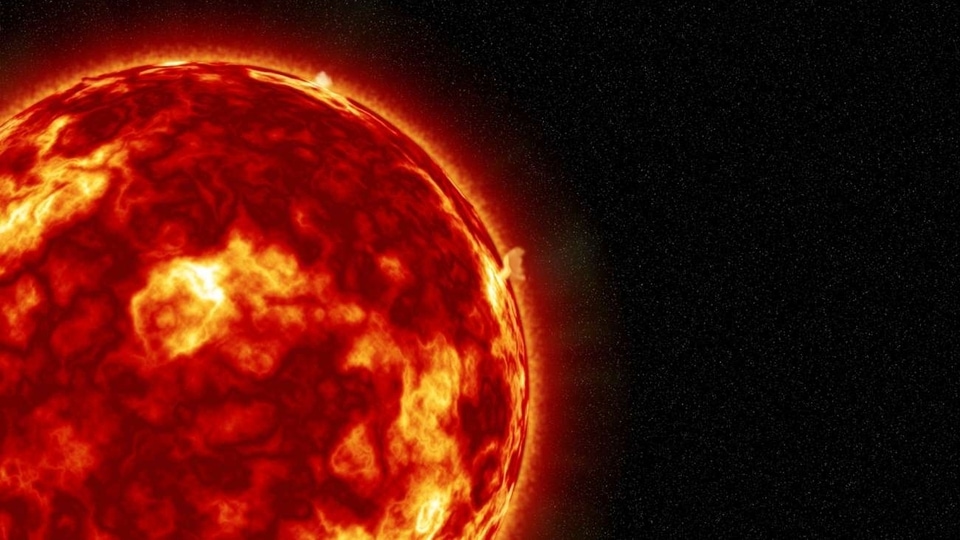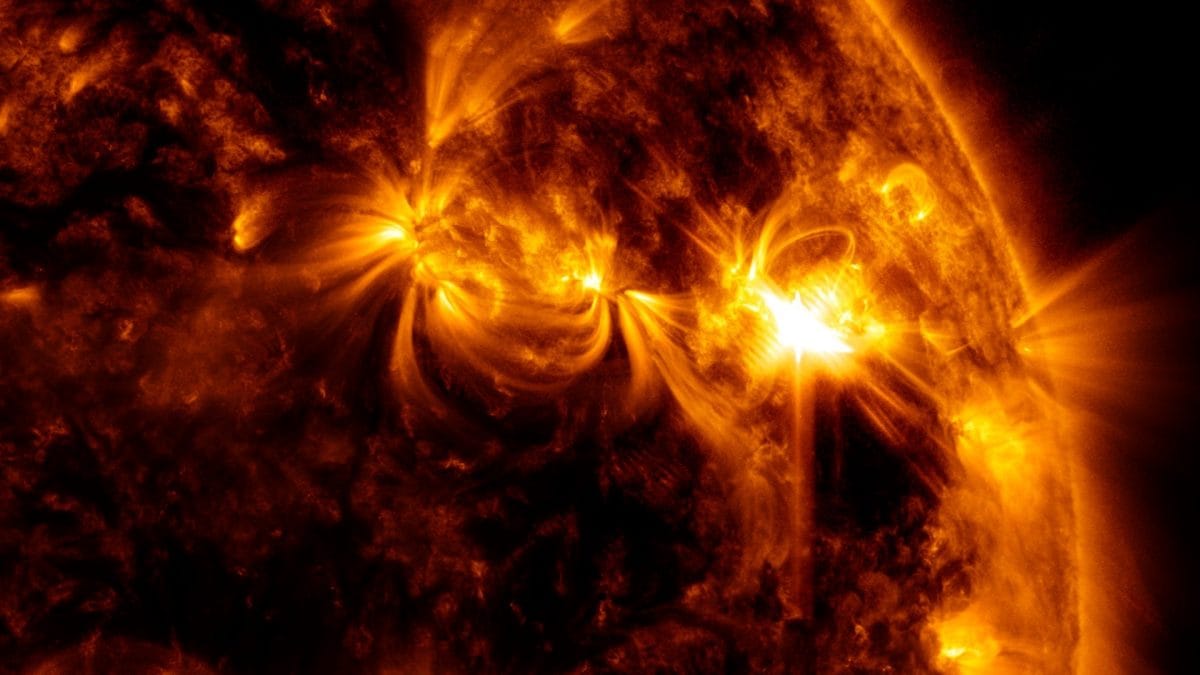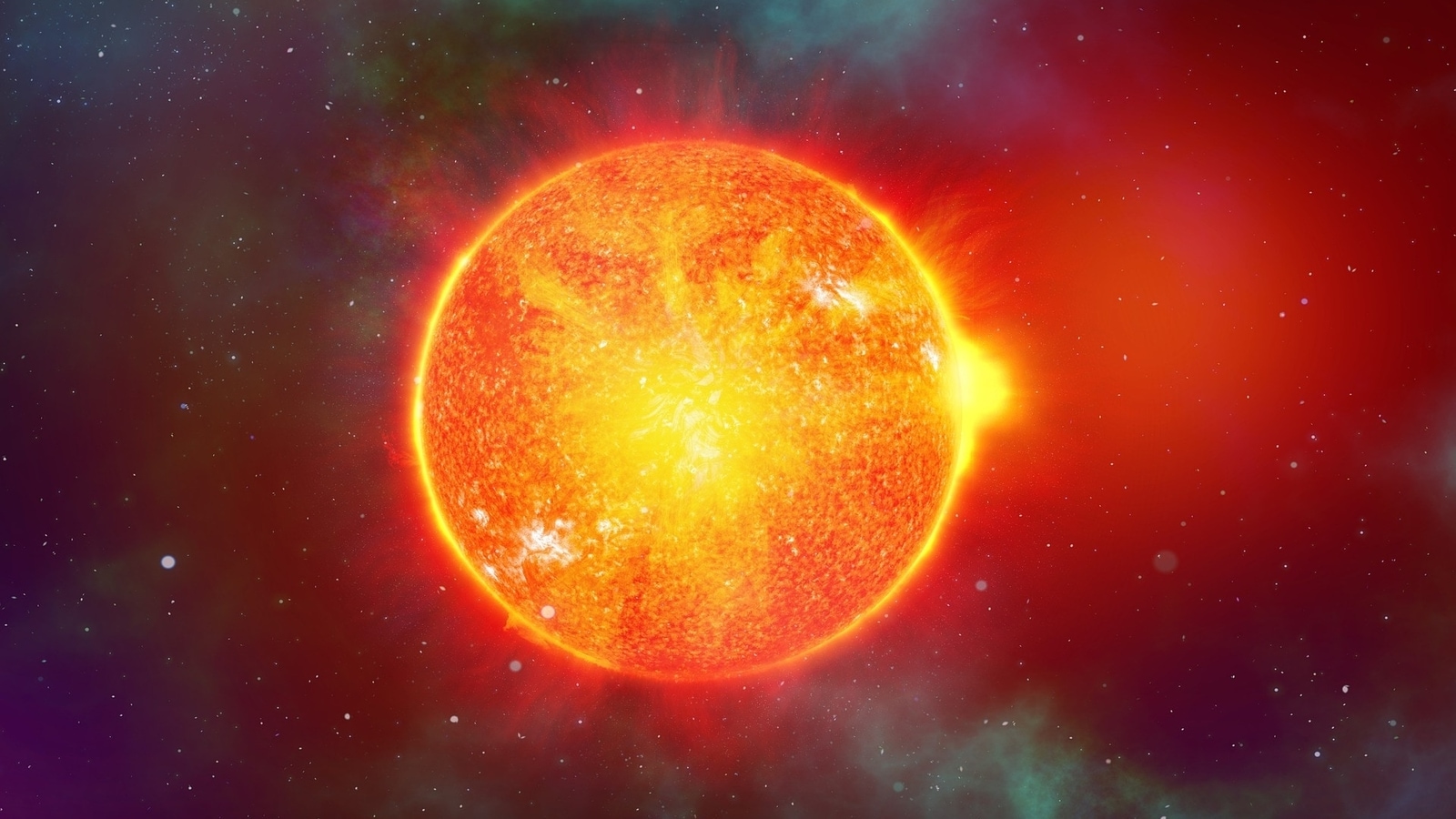Blackouts hit Earth as 8 M-class solar flares erupt in 24 hours, says NASA; Solar storm threat rises
In the last 24 hours, as many as 8 M-class solar flares have erupted on a new sunspot sparking a rolling series of radio blackouts all across the Earth, NASA satellite detected. Is this a sign of a big incoming solar storm?






 View all Images
View all ImagesIn the early hours of July 12, a single M-class solar flare was produced by an emerging sunspot on the northeastern limb of the Sun, and it sparked blackouts over the North American continent, as per reports. But since then, as many as 8 different M-class solar flares have been produced by the same region, sunspot AR3372, the NASA Solar Dynamics Observatory has detected. The flares have sparked a rolling series of blackouts all across the Earth. The sunspot appears to be highly reactive and crackling with activity. This has also raised concerns about any coronal mass ejections (CME) released in the process that can potentially strike us in the coming days.
According to a report by SpaceWeather.com, “In the last 24 hours alone it (Sunspot AR3372) has produced eight M-class solar flares…causing a rolling series of shortwave radio blackouts around all longitudes of our planet. Ham radio operators, mariners, and aviators may have noticed a loss of signal below 30 MHz on multiple occasions since July 11th. In addition, episodes of sudden ionization in the atmosphere are doppler-shifting the frequency of time-standard radio stations such as Canada's CHU and America's WWV”.
The report further added that if the current trend continues, there can be more M-class solar flares and even X-class flares. Worse still, the sunspot is moving more and more towards the Earth's view and any activities in the coming days will be more geoeffective.
Sunspot goes berserk, spits out 8 M-class solar flares
Multiple solar flare eruption is not rare. We saw a similar incident in the month of March when a farside sunspot kept exploding continuously for three days, releasing an intense cloud of CME, that could have triggered a G5-class solar storm on Earth, had it been directed towards us. However, what is rare is such an extreme activity taking place on the Earth-facing side of the Sun.
With such intense solar activity, the chances are high that one of these eruptions will also release CME. And if we are unlucky enough to get hit by a strong solar storm, it can destroy small satellites, disrupt GPS and mobile networks, damage the internet infrastructure, cause power grid failure, and even corrupt sensitive ground-based electronics.
How NASA SOHO watches the Sun
NASA's SOHO (Solar and Heliospheric Observatory) is a satellite that was launched on December 2, 1995. It is a joint project between NASA and the European Space Agency (ESA) to study the sun, its atmosphere, and its effects on the solar system. Equipped with 12 scientific instruments, such as Extreme Ultraviolet Imaging Telescope (EIT), Michelson Doppler Imager (MDI), LASCO (Large Angle and Spectrometric Coronagraph) and others, SOHO captures images of the sun's corona, measures the velocity and magnetic fields of the sun's surface, and observes the faint corona around the sun.
Catch all the Latest Tech News, Mobile News, Laptop News, Gaming news, Wearables News , How To News, also keep up with us on Whatsapp channel,Twitter, Facebook, Google News, and Instagram. For our latest videos, subscribe to our YouTube channel.





























